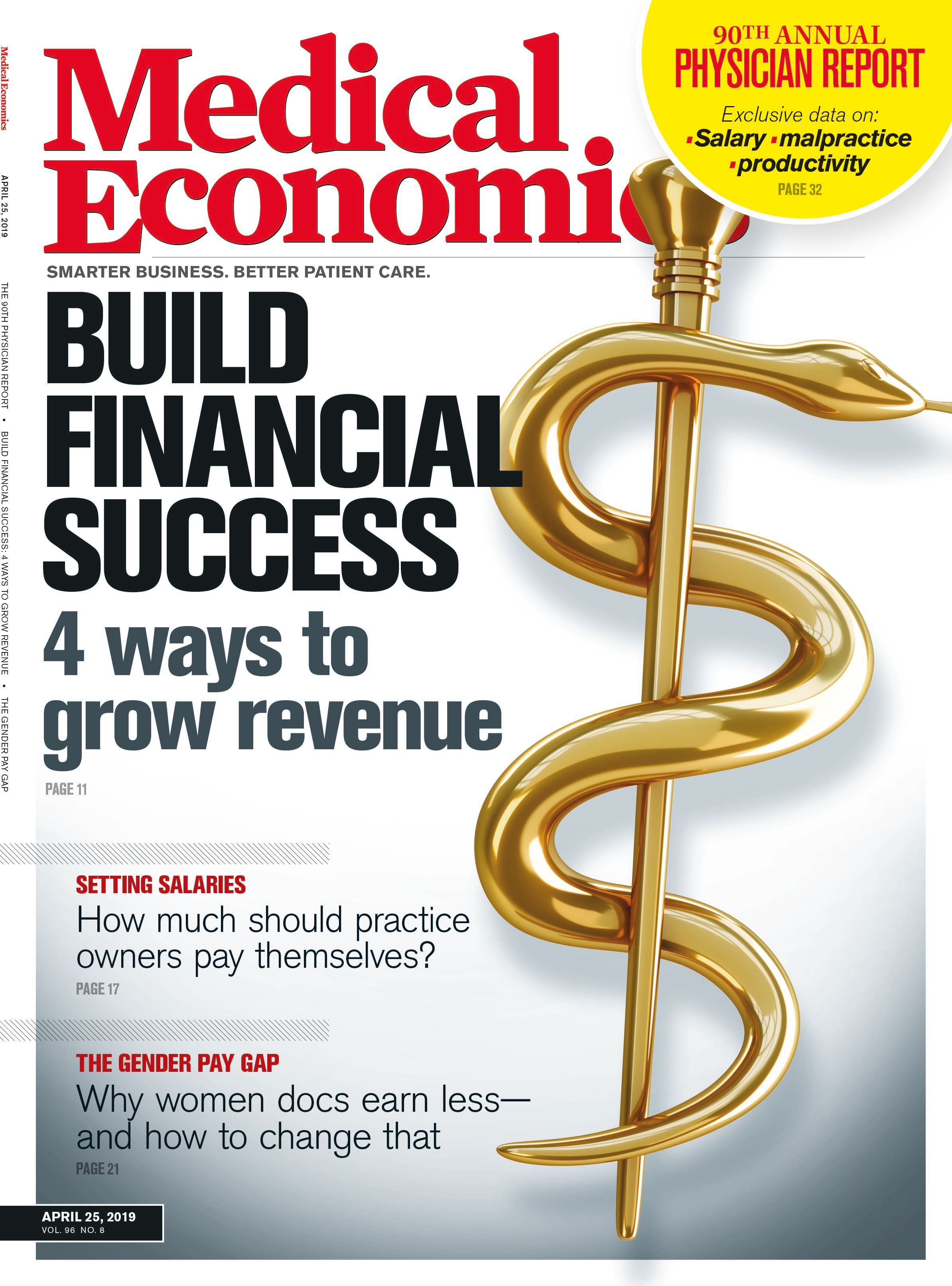Blog
Article
Medical Economics Journal
Time to address the widening pay gap between hospital execs and physicians
Author(s):
The answer to getting more affordable care and better results does not lie in paying doctors less. It lies in paying administrators less, and having a lot fewer of them.
©fabioberti.it/stock.adobe.com

Editor's Note: Welcome to Medical Economics' blog section which features contributions from members of the medical community. These blogs are an opportunity for bloggers to engage with readers about a topic that is top of mind, whether it is practice management, experiences with patients, the industry, medicine in general, or healthcare reform. The opinions expressed here are that of the authors and not Medical Economics.
The old saying you get what you pay for is generally true-except in healthcare. In America, though healthcare costs continue to rise, outcomes have gotten worse. Many lay the blame on doctors. However, the real culprits appear to be the executives at the top.
Apparently, the big money is not in providing medical care, but in overseeing those who do. Data show that while doctors’ pay has remained flat or declined in recent years, top executives at major health systems have enjoyed a considerable boost in compensation. And their ranks are multiplying.
According to one study published last fall, from 2005 to 2015, mean annual compensation for major nonprofit medical center CEOs increased 93 percent, from $1.6 million to $3.1 million.
During that same time, these CEOs went from making three times more than an orthopedic surgeon to making five times more, and from making seven times more than a pediatrician to making 12 times more. This study was not the first to show that hospital management compensation frequently exceeds that of most physicians.
While this is not a world in which the person with the most years of schooling wins, something is amiss when our nation’s most highly educated individuals make one seventh of someone with half the education. These top hospital executives make multiples more despite never having touched a patient, ordered a test, made an incision, or shouldered the responsibility-and liability-of signing a patient chart. If they work at a nonprofit, they don’t even have stock shares on the line. They just get large, steady paychecks. Of course, the salary figures don’t tell the whole story. Top executives often earn much of their compensation in non-salary forms.
Meanwhile, the average primary care physician earns somewhere in the neighborhood of $250,000 per year.
As the pay gap between doctors and administrators has grown, the number of healthcare administrators has also increased. Between 1975 and 2010, the number of U.S. physicians grew 150 percent, in keeping with the nation’s population. Meanwhile, the number of healthcare administrators increased 3,200 percent. The cost of that administrative burden today accounts, conservatively, for 20 to 30 percent of our healthcare spending.
Now, if patients were consuming more healthcare services and getting better results, maybe we could justify some of this. However, our consumption of healthcare services has been stagnant for a decade. What’s more, despite spending about twice what other high-income nations do on healthcare, our life expectancy has declined for the first time in 100 years. Meanwhile, the cost of healthcare closes in on 20 percent of GDP and shows no signs of slowing.
The answer to getting more affordable care and better results does not lie in paying doctors less. It lies in paying administrators less, and having a lot fewer of them.
Marni Jameson Carey is the executive director of the Association of Independent Doctors.






